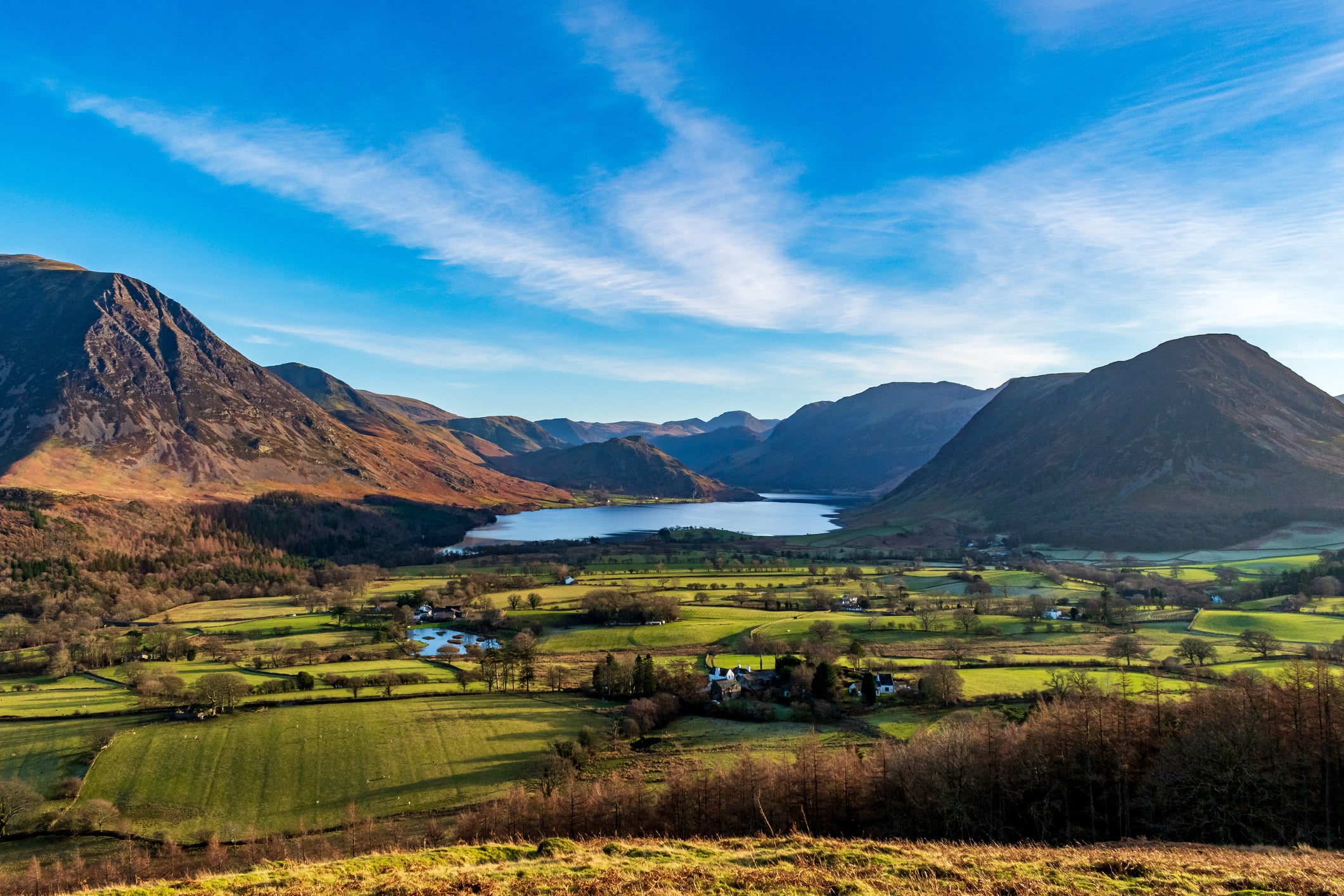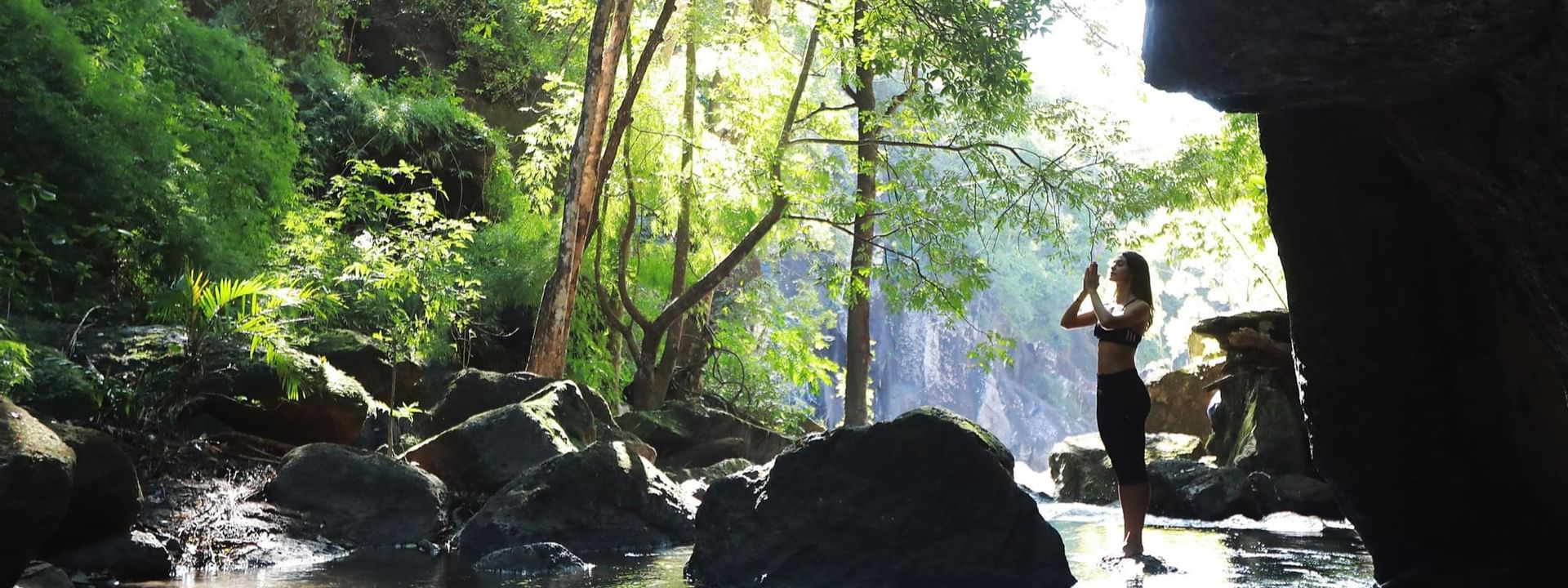It can take approximately 2-3 days to hike 30 miles depending on your pace and terrain. Hiking 30 miles requires physical endurance and proper planning to complete the journey successfully.
Whether you are a beginner or seasoned hiker, embarking on a 30-mile hike is a significant challenge that can offer rewarding experiences in nature. Before setting out on your hike, it is essential to consider factors such as the difficulty level of the trail, weather conditions, and your fitness level.
Proper gear, hydration, and nutrition are crucial for a safe and enjoyable hiking experience. By preparing adequately and pacing yourself, you can conquer the 30-mile hike and create lasting memories in the great outdoors.
 Does It Take To Hike 30 Miles? Discover The Ultimate Journey!”/>
Does It Take To Hike 30 Miles? Discover The Ultimate Journey!”/>Credit: www.independent.co.uk
Benefits Of Long-distance Hiking
Embarking on a long-distance hike of 30 miles offers numerous benefits, including physical fitness, mental rejuvenation, and connection with nature. The time it takes to complete this distance varies depending on factors such as terrain, individual fitness level, and pace, but typically ranges from 10 to 15 hours.
Physical Health Benefits
Long-distance hiking is a full-body workout that strengthens muscles and improves cardiovascular health.
Boosts metabolism and burns calories, aiding in weight management and overall fitness.
Increases endurance and improves physical stamina, leading to better overall health.
Mental Health Benefits
Hiking aids mental clarity and reduces stress levels, promoting a sense of calm and well-being.
Connects with nature and scenery that enhances mood and emotional well-being.
Boosts mental resilience and promotes positive mindset through challenges overcome during long hikes.
Preparing For A 30-mile Hike
Embarking on a 30-mile hike requires thorough preparation to ensure a safe and enjoyable trek. Let’s delve into the crucial aspects of getting ready for such a challenging adventure.
Training Plan
Start training months before your hike date to build endurance and stamina gradually.
- Incorporate regular aerobic exercises like walking, running, or cycling into your routine.
- Increase your mileage incrementally each week to condition your body for the long hike.
- Integrate strength training exercises to enhance muscles crucial for hiking.
Gear And Equipment Checklist
Having the right gear is essential for a successful 30-mile hike.
- Comfortable and sturdy hiking boots to support your feet during the long trek.
- Moisture-wicking clothing to keep you dry and prevent chafing.
- Backpack with proper ventilation for storing essentials like water, snacks, and a first-aid kit.
- Navigation tools such as a map, compass, or GPS device to stay on track.
- Nutritious snacks to fuel your body throughout the hike.
- Emergency supplies including a whistle, flashlight, and extra clothing for unforeseen situations.
Strategy For Hiking 30 Miles
Hiking 30 miles is no small feat and requires careful planning and preparation. An essential part of successfully completing this challenge is to develop a solid strategy that includes pacing yourself, proper nutrition, and staying hydrated.
Pacing Yourself
When preparing for a 30-mile hike, it’s crucial to pace yourself to avoid fatigue and injury. Plan your route and set a comfortable pace, taking into account the terrain and elevation changes. Break the hike into manageable segments and take short rest breaks at regular intervals to avoid overexertion.
Nutrition And Hydration
Proper nutrition and hydration are key to sustaining energy levels during a long hike. Pack high-energy snacks like nuts, dried fruits, and energy bars. Ensure you stay hydrated by drinking plenty of water throughout the hike, and consider bringing a water purification system to refill your supply along the way.
Challenges And Rewards Of A 30-mile Hike
Hiking 30 miles is no small feat. It requires determination, physical endurance, and mental strength. But with challenges come rewards, and the journey of a 30-mile hike is no exception. From overcoming fatigue to experiencing the beauty of nature, every step taken on this adventure brings a new sense of accomplishment and appreciation.
Overcoming Fatigue
One of the biggest challenges of a 30-mile hike is dealing with fatigue. As the miles add up, your body begins to feel the strain, and exhaustion sets in. But it is in these moments that your true strength shines through. Pushing past the tiredness, you realize the power of your will and the ability to overcome physical limitations. With each step, you prove to yourself that you are capable of more than you ever thought possible.
Experiencing Nature
The rewards of a 30-mile hike go beyond the physical. One of the most awe-inspiring aspects of this journey is the opportunity to immerse yourself in nature. As you trek through rugged terrains and diverse landscapes, you witness the beauty of the natural world up close. From towering mountains to cascading waterfalls, the sights and sounds of nature surround you, captivating your senses. This connection with the outdoors provides a sense of tranquility and a renewed appreciation for the wonders of the Earth.
Table:
| Challenges | Rewards |
|---|---|
| Overcoming fatigue | Feeling of accomplishment |
| Mental endurance | Increased resilience |
| Physical strain | Improved fitness |
| Pushing limits | Self-discovery |
A 30-mile hike is a challenge that requires both physical and mental strength. Overcoming fatigue and experiencing the beauty of nature are just two rewards that come with embarking on this adventure. Through the hardships faced and the wonders witnessed, you come out stronger, more resilient, and with a deep sense of accomplishment. So lace up your boots, embrace the challenges, and enjoy the rewards that await you on a 30-mile hike.
Safety Measures During A Long Hike
When planning a long hike spanning over 30 miles, it is crucial to prioritize safety. Proper emergency preparedness and being aware of wildlife in the area are two important aspects to consider. By taking the necessary precautions, you can ensure a safe and enjoyable hiking experience.
Emergency Preparedness
When embarking on a long hike, it is essential to be prepared for any unforeseen circumstances that might arise. Here are some safety measures to follow:
- Inform Others: Before setting off, let someone reliable know about your hiking plans, including the trail, estimated duration, and emergency contact information. This ensures that someone is aware of your whereabouts.
- Pack Essentials: Carry a well-stocked first aid kit that includes bandages, antiseptic ointment, pain relievers, and any necessary prescription medication. Additionally, pack a map, compass, flashlight, extra batteries, and a whistle as crucial emergency tools.
- Stay Hydrated: Dehydration can pose a serious threat during long hikes. Be sure to carry enough water and consider a water purification system in case you need to refill along the way.
- Know the Route: Familiarize yourself with the trail map and study the route in advance. Research any potential hazards, difficult sections, or areas prone to extreme weather conditions, ensuring that you are mentally prepared.
- Check the Weather: Weather conditions can change rapidly, so it’s important to stay updated. Check the forecast before you start and throughout the hike to avoid any dangerous situations.
Wildlife Awareness
Encountering wildlife during a hike can be thrilling, but it’s important to understand the potential risks involved. Stay safe by following these wildlife awareness tips:
- Research Local Wildlife: Before your hike, research the types of wildlife that inhabit the area. Learn about their behavior, habits, and any precautions you need to take.
- Keep a Safe Distance: If you come across wildlife, maintain a safe distance. Keep in mind that some animals may feel threatened if they perceive you as too close and may become aggressive.
- Proper Food Storage: Wildlife can be attracted by food smells. Ensure that your food and trash are properly stored to prevent unwanted visits from animals.
- Maintain Noise Levels: Be aware of your noise levels while hiking. Excessive noise can startle and agitate wildlife, potentially causing dangerous encounters.
- Leave No Trace: Respect the wilderness by adhering to the principles of Leave No Trace. Clean up after yourself and dispose of waste properly, minimizing your impact on the environment.

Credit: www.facebook.com

Credit: www.rioperdido.com
Frequently Asked Questions Of How Long Does It Take To Hike 30 Miles
How Long Does It Take To Hike 30 Miles?
Hiking 30 miles can take anywhere from 10 to 15 hours, depending on various factors such as terrain, elevation, fitness level, and weather conditions. It is important to plan your hike well, make necessary preparations, and set a reasonable pace to ensure a safe and enjoyable experience.
Conclusion
The time to hike 30 miles depends on various factors. Training, terrain, and pace can impact the duration of the hike. Remember to plan well, stay hydrated, and listen to your body. Enjoy the journey and embrace the challenges! Happy hiking!